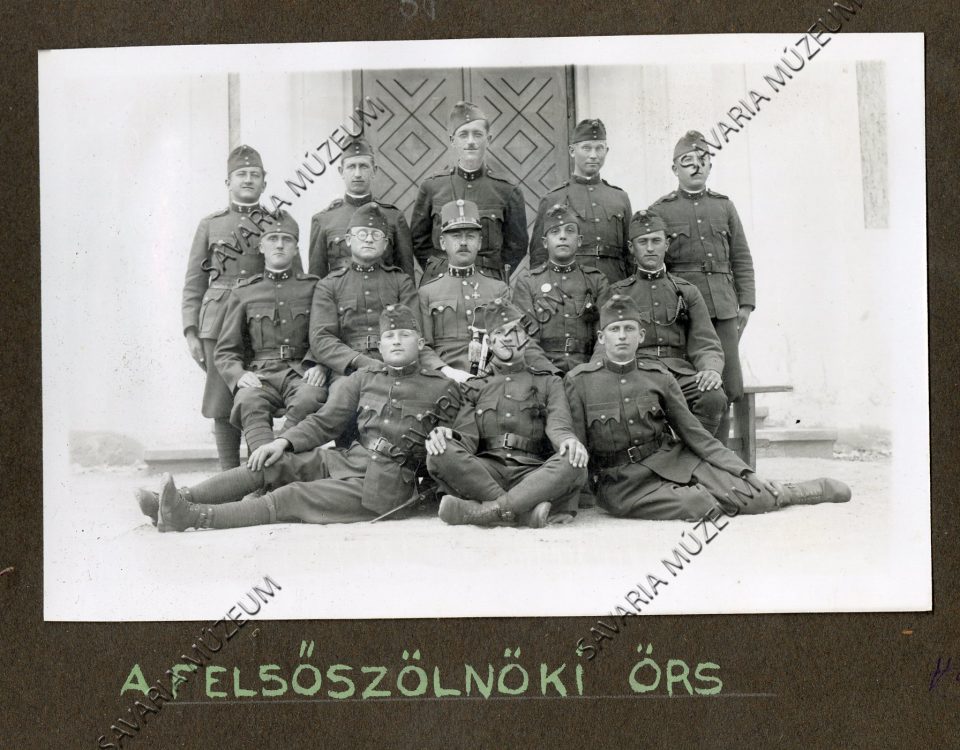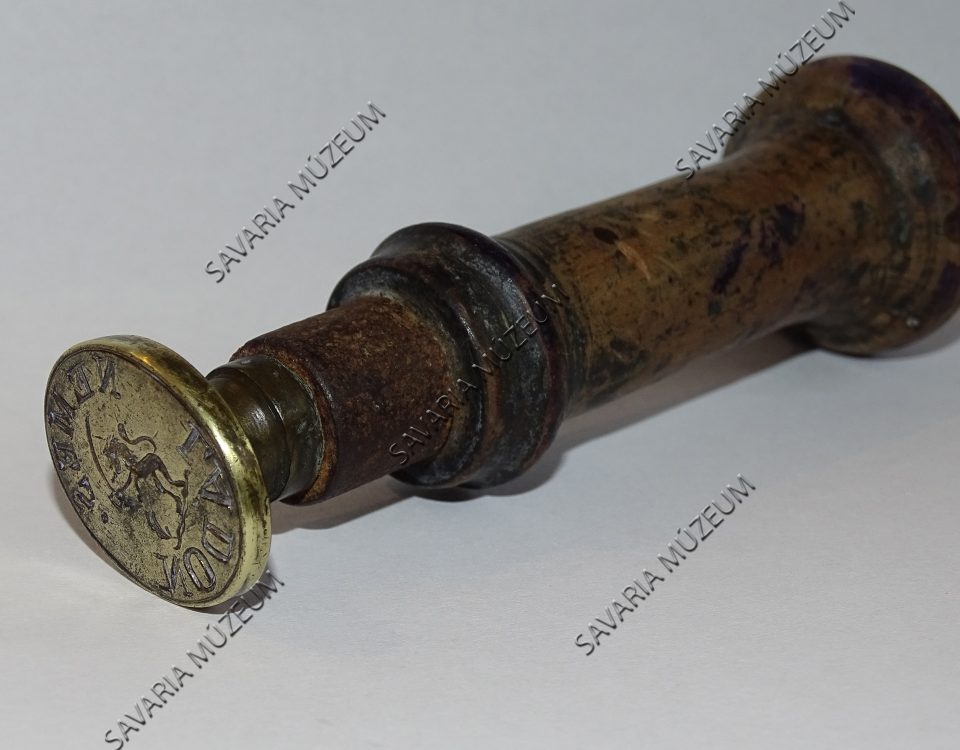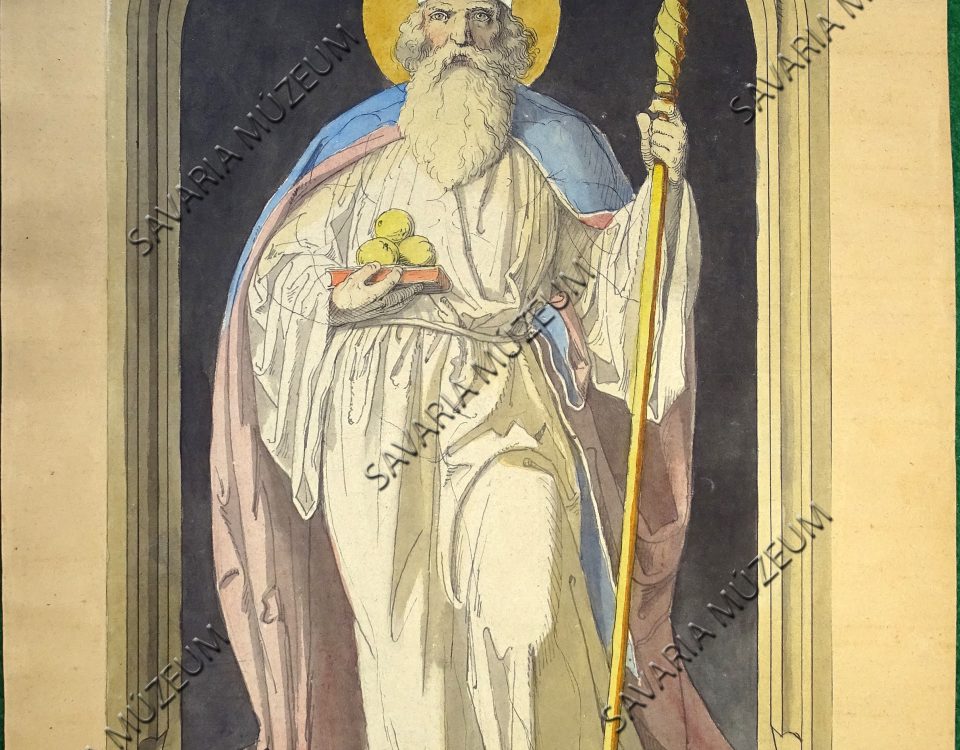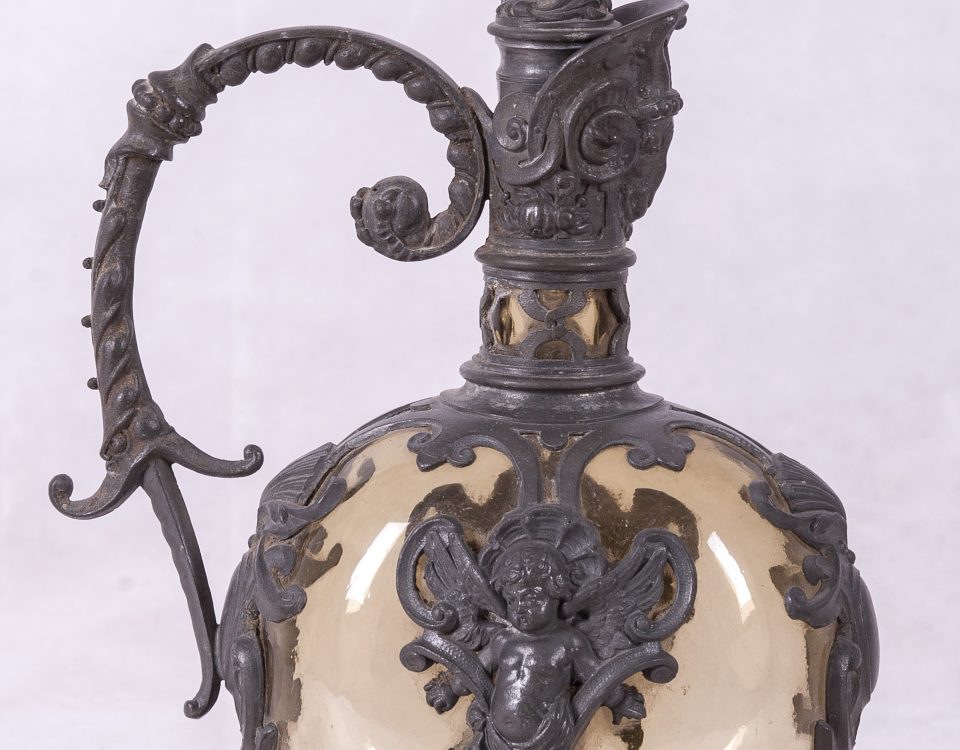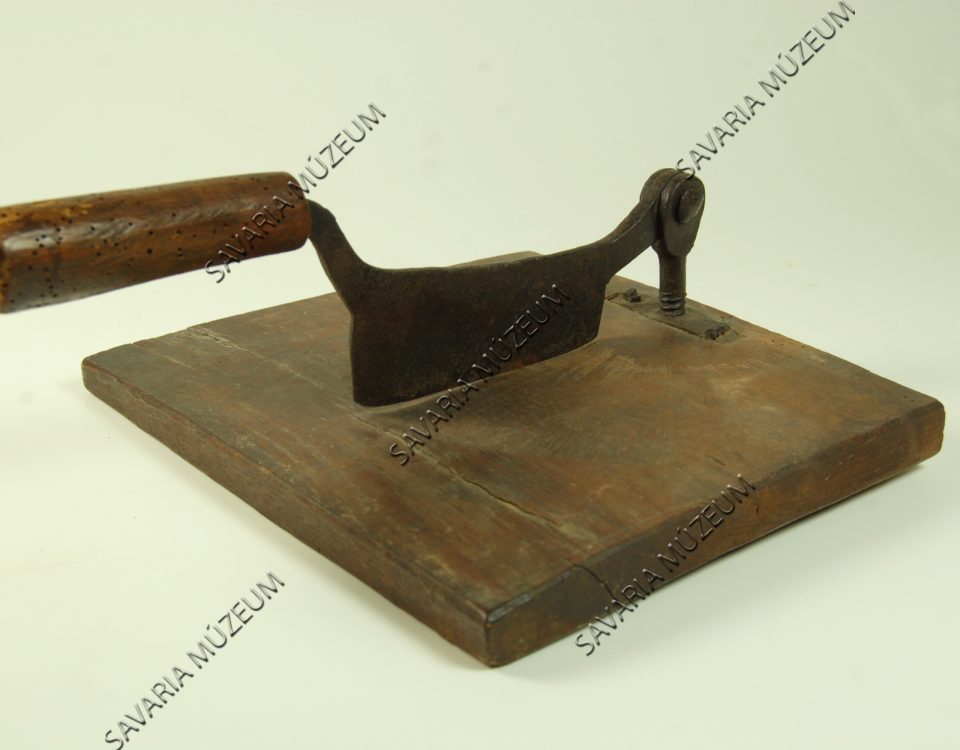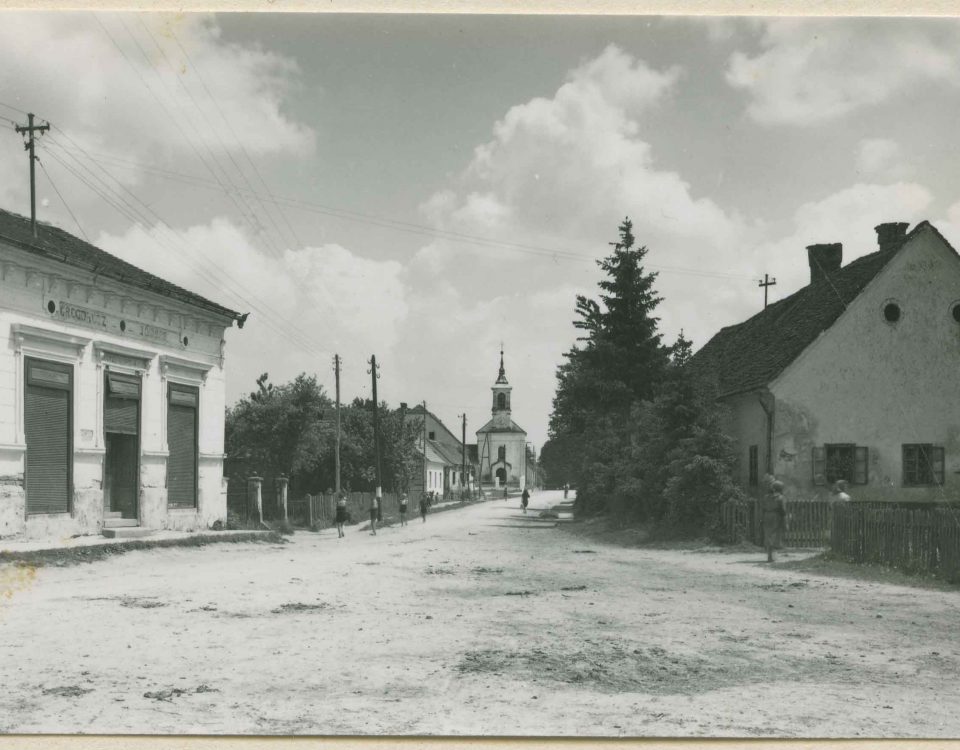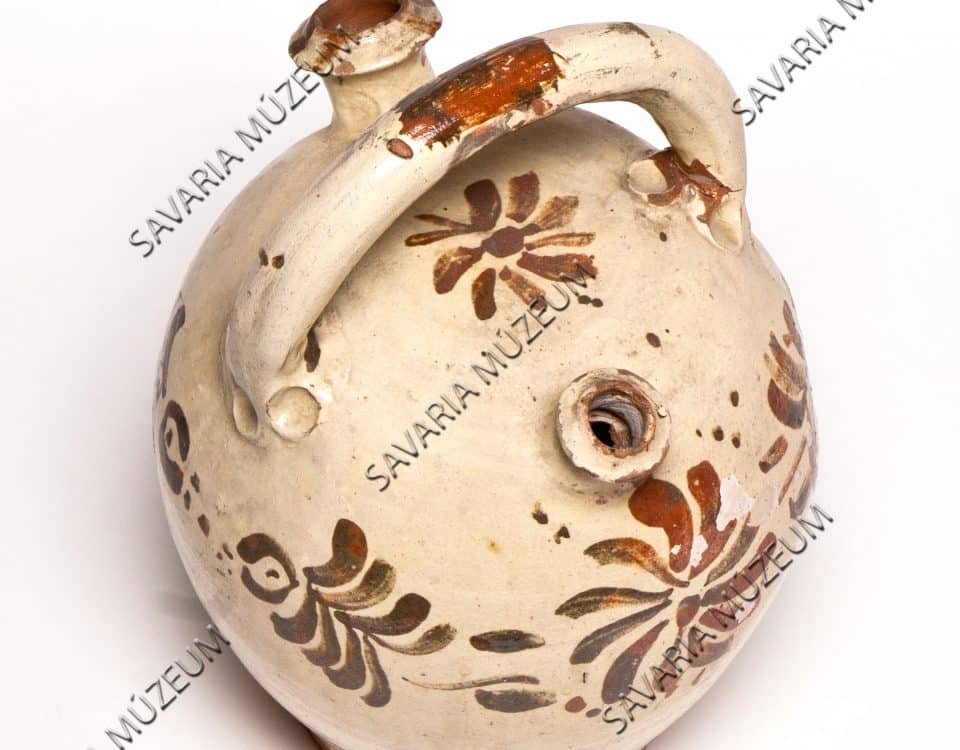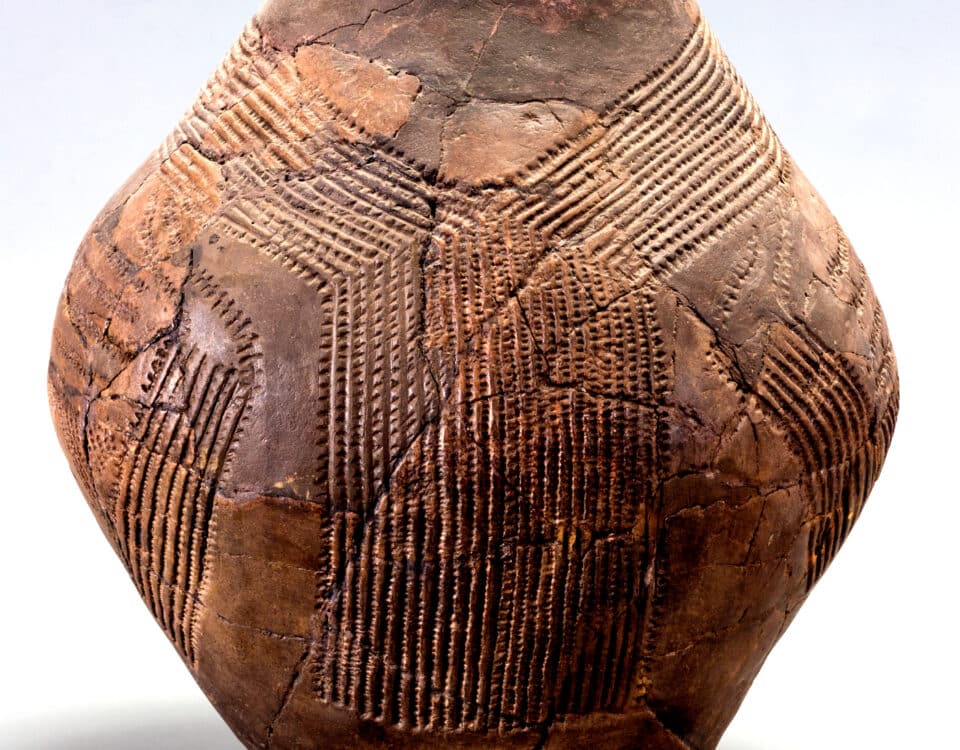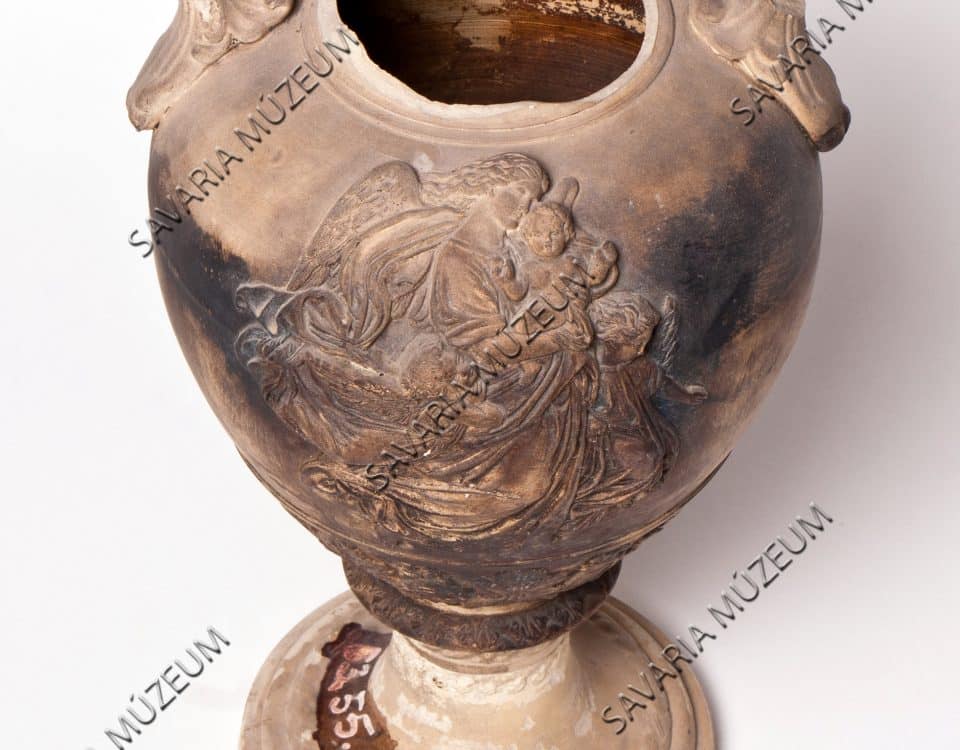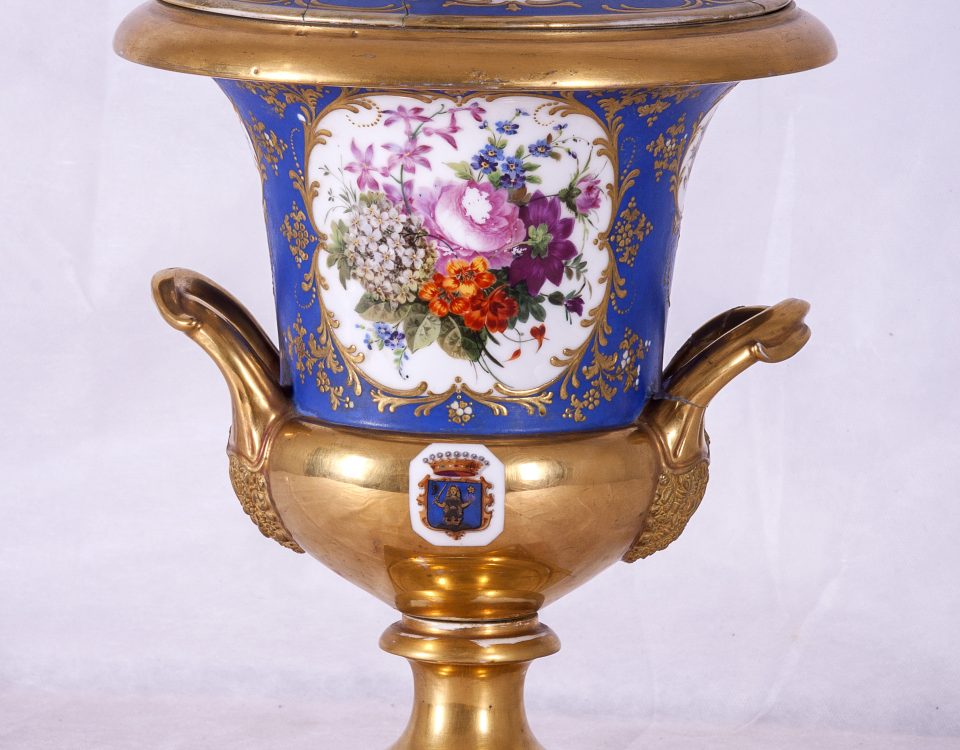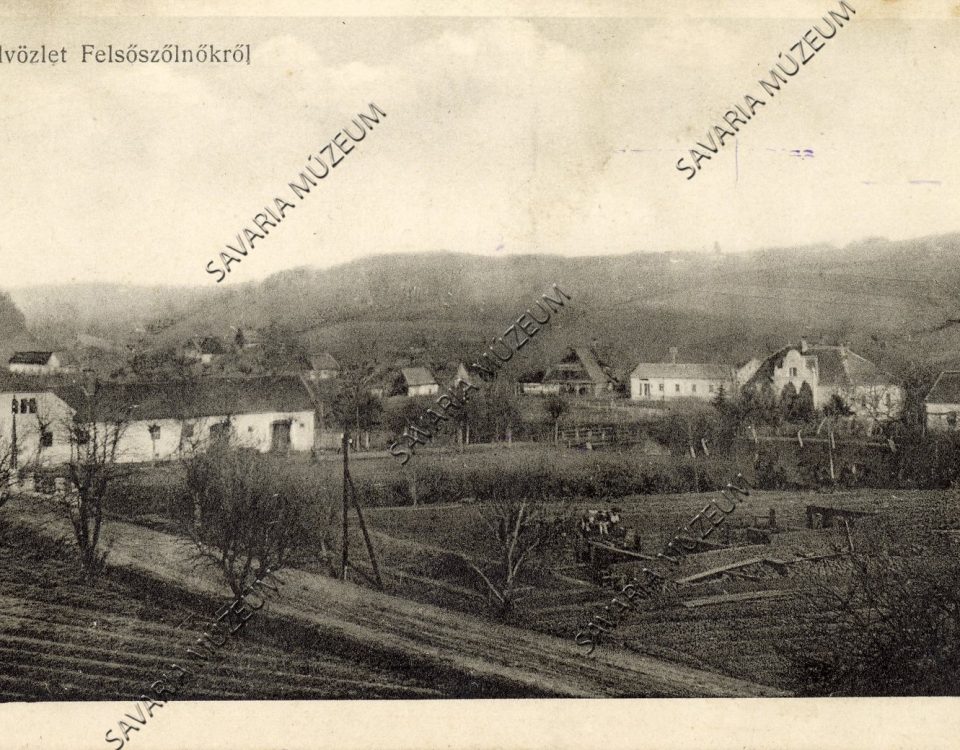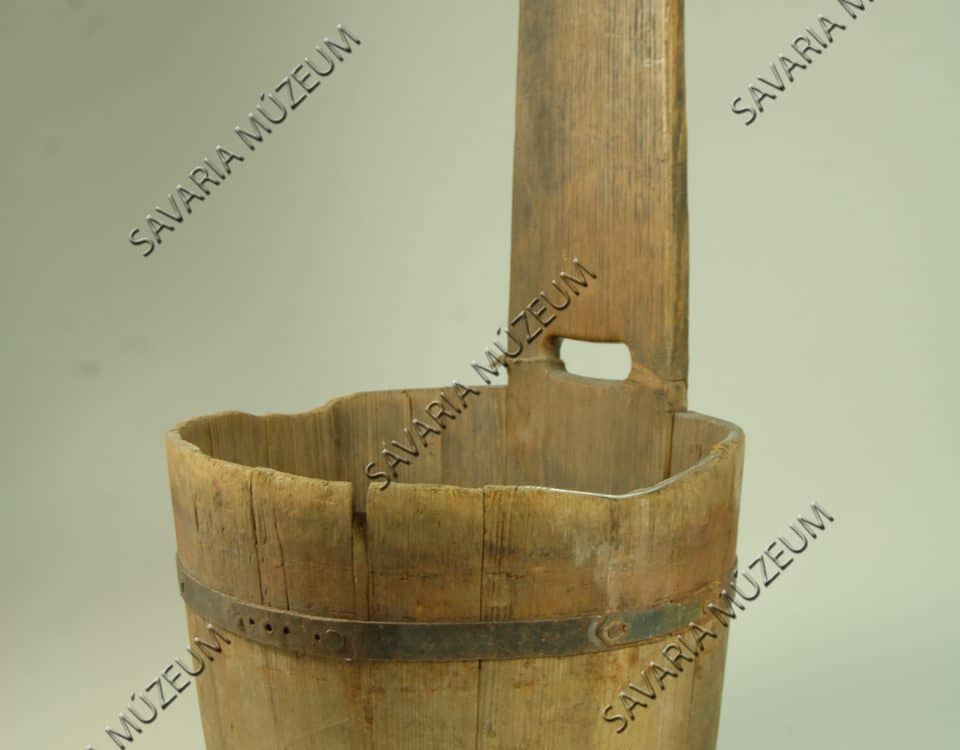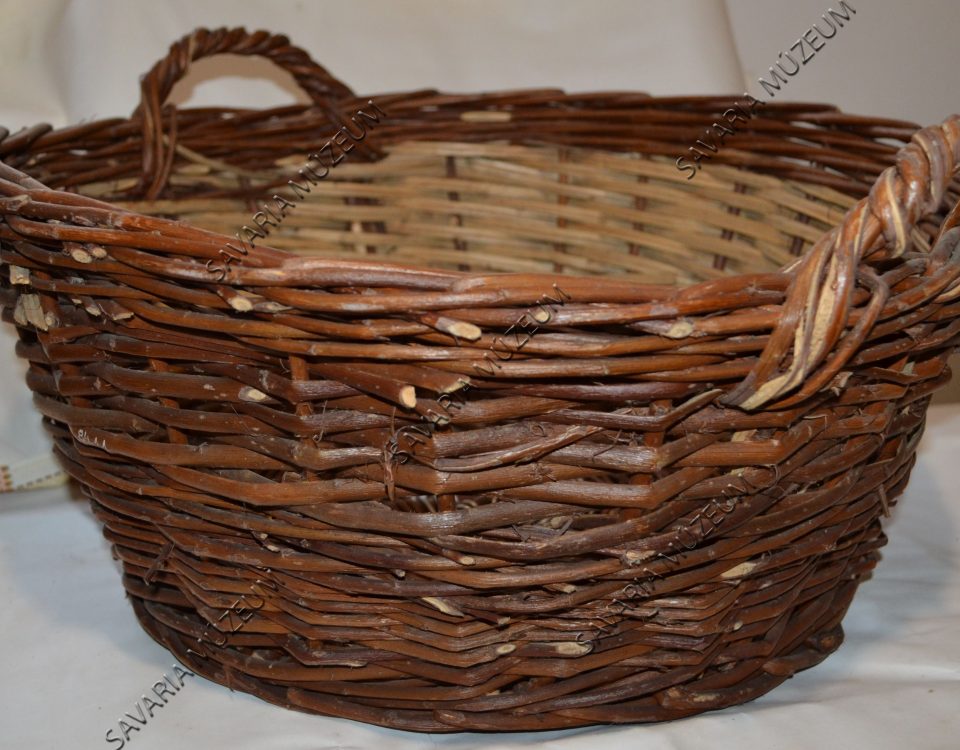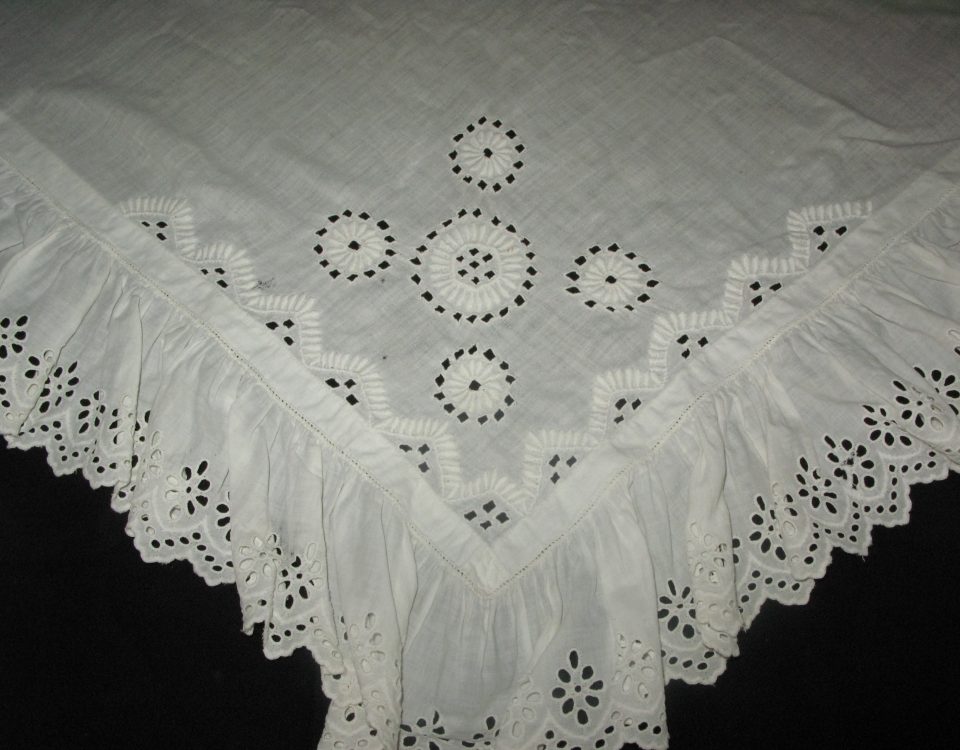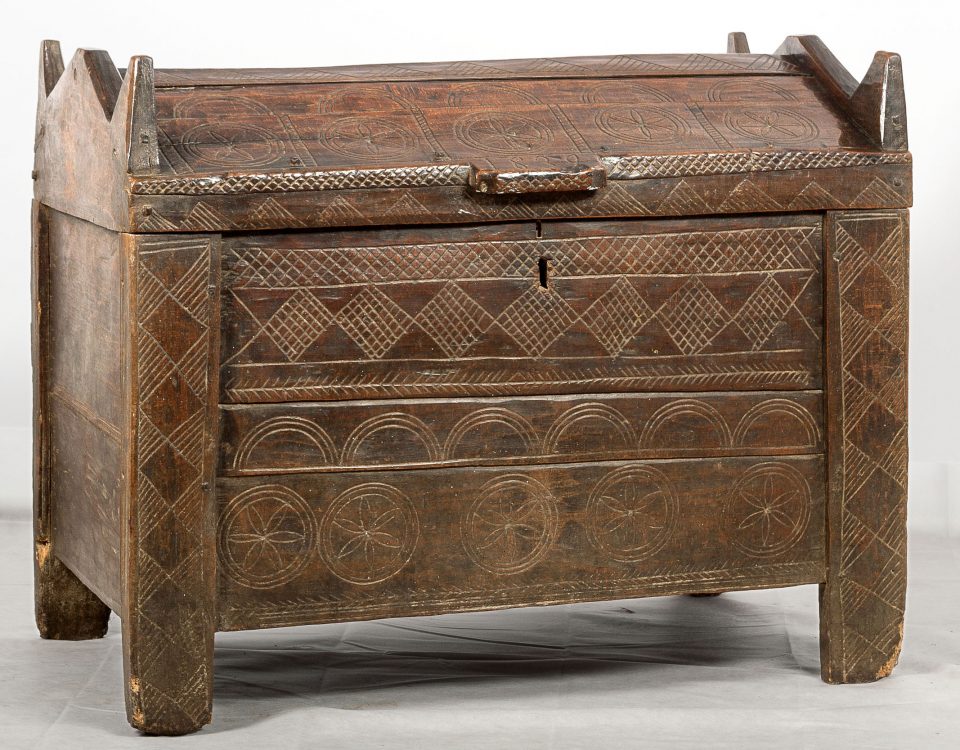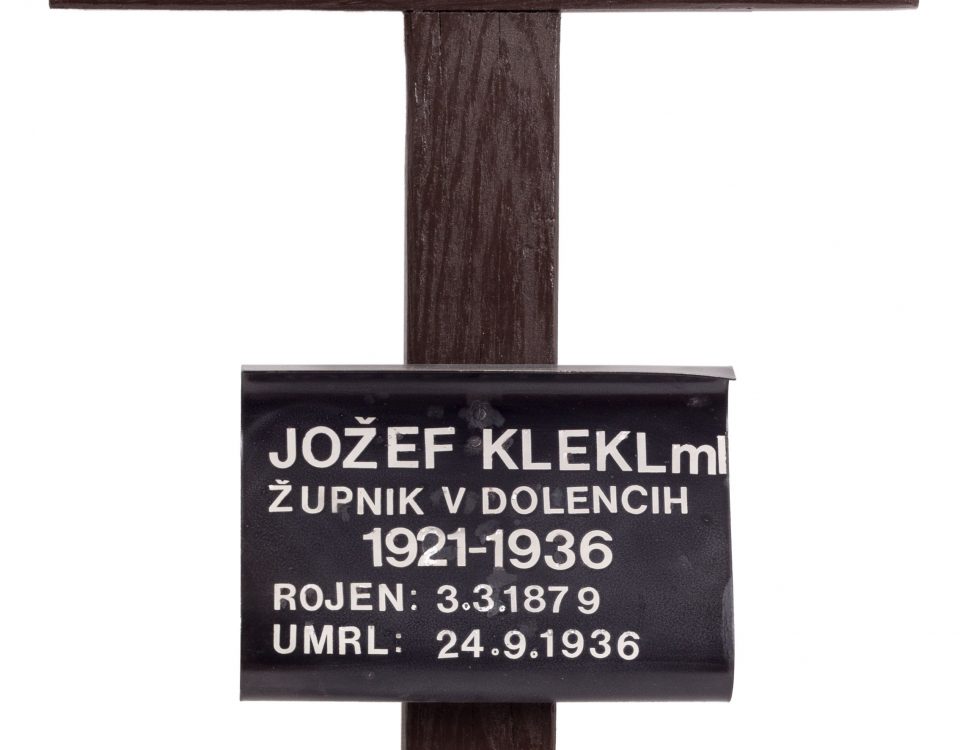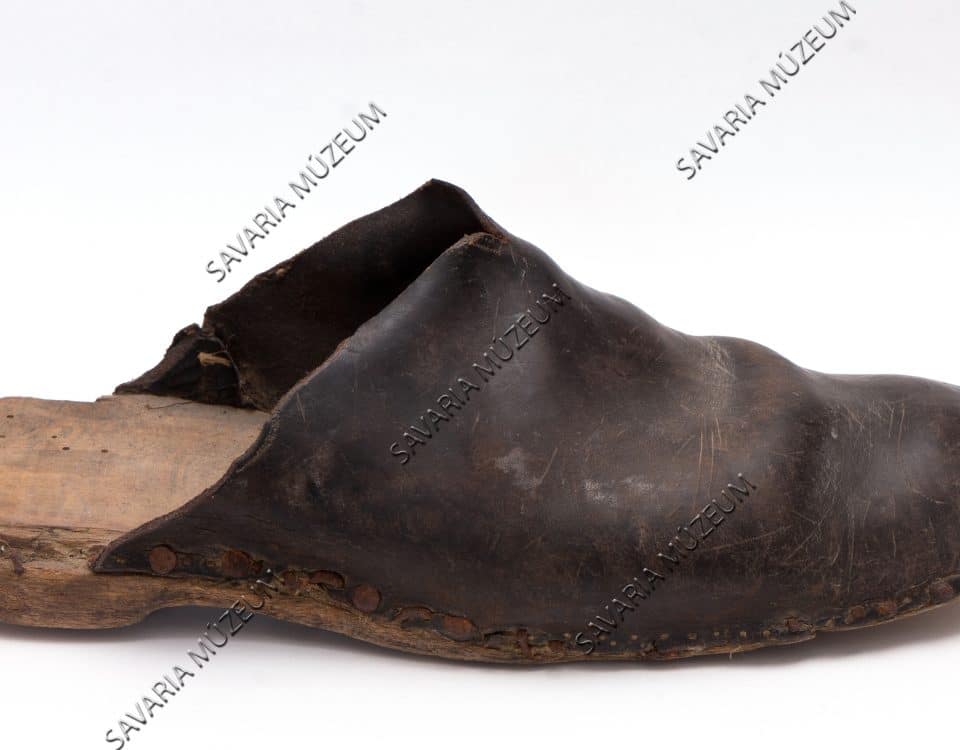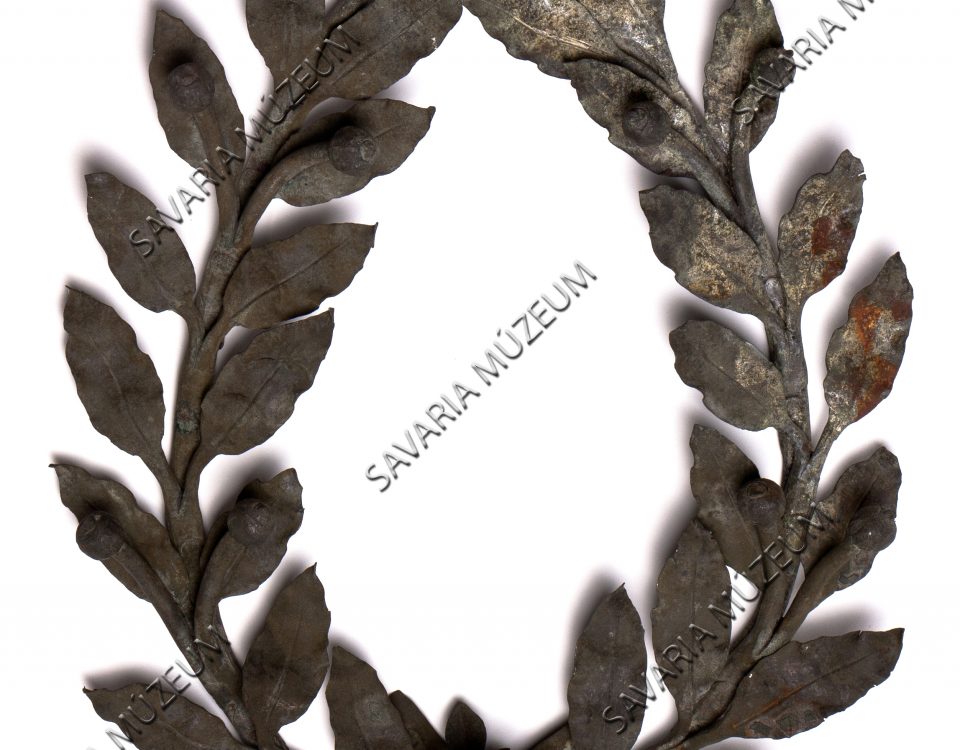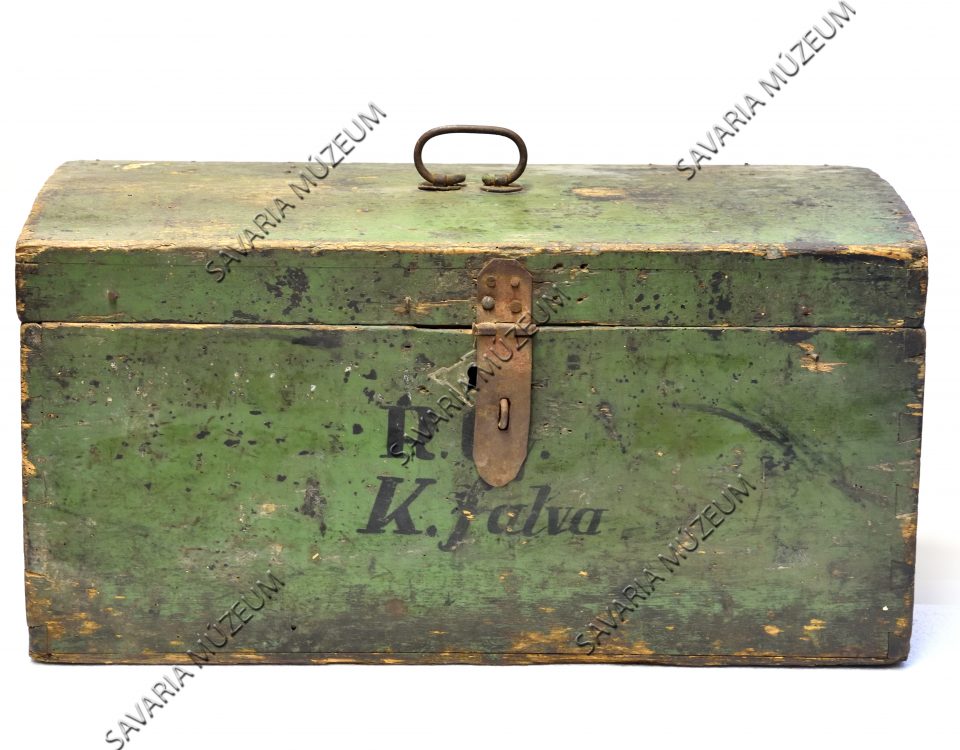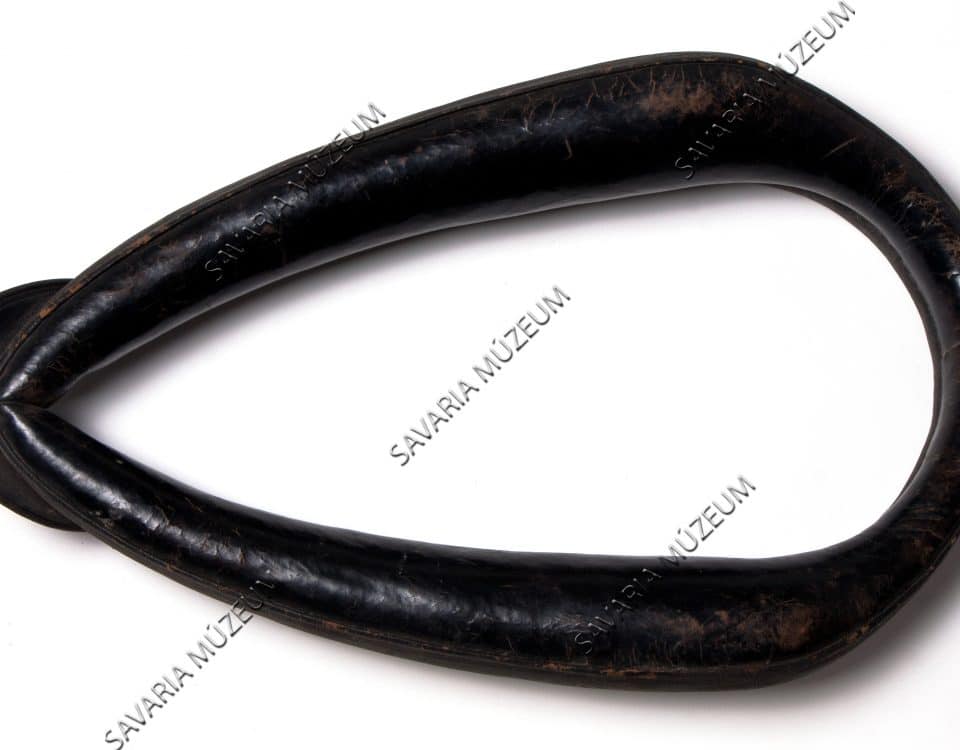Review of documented digitizers
30. April, 2020
The album was dedicated to the memory of by Mrs. Kálmán Horváth, Countess Geraldine Niczky, to commemorate the inauguration of the flag by the 11th Royal Border Army Battallion’s officers and staff. Since 1938, border guarding duties in Hungary were usually carried out by Border Army units. The album was made by Erzsébet Derezsán, a…
10. February, 2020
Seal of the noble village of Nemesládony. It was made of brass, has an oval-shaped printing surface which is mounted on a turned wooden handle. The seal image shows a rearing lion, looking to the left, holding a sword in its right paw. Above the lion there is the word “NEMES” and below it is…
10. February, 2020
Ferenc Storno Sr., in 1858, planned to paint the patron saint of the church, Bishop of St. Nicholas of Myros (270-343) on the main altarpiece. The high priest appears in a gothic framed doorway, stepping down a stair, in a bishop's garment and miter on his head. In his right hand he holds a book…
21. April, 2020
The artistically decorated 19th-century brandy jug is part of the upper strata’s rural and civil culture. The Murska Sobota Museum purchased it from the former owner in Dobrovnik/Dobronak.
4. March, 2020
A device consisting of a plankboard and a hinged cutting device. It was used to fine-cut the tobacco leaves.
18. August, 2020
Photo of Turnišče with the Chapel of St. Anthony of Padua. Jože Kološa - Kološ (1920-1998) worked for the weekly newspaper Vestnik. The photo was taken in the center of the village of Turnišče, showing the Saint Anton Chapel of Padua and a handful of people on the street and next to the house on…
31. March, 2020
Burnt two-hole pitcher with brown floral patterns. One hole has a smaller diameter. Handmade in Bajánsenye. It was donated by József Kálmán. It was used in the second half of the 19th century.
15. May, 2020
At the site, Pod kotom–south, an urnfield site with 179 urn burials was found, one of the larger burial sites from that era in Europe. One of the most beautiful urns was found in the grave, marked 109, which was the burial site of a child, aged about five years. The urn was decorated, using…
31. March, 2020
Decorated, with plaster relief angel patterns, the relief is incomplete. The patterned ears on both sides of the vase are broken off. Below the angels there are circular leaf patterns. There is a braid pattern around the base. The mouth of the vase is broken off.
21. April, 2020
The vase with the coat of arms of the Szapáry family can be seen at the Permanent Exhibition of Murska Sobota Prekmurje Museum. In 1783 Medici ordered a huge vase from the porcelain manufacture in Sèvres. It was then copied by other porcelain manufactures – it was representative, and served as ornaments, most often bearing…
30. April, 2020
A landscape photograph postcard from Arthur Szilágyi's studio. Settlements, resorts and the sights was a classic theme of postcards in the period between the two world wars. Arthur Szilágyi (1876? -?), photographer, alderman of the industrial corporation, president of the Catholic Young Men’s Association. He received his industrial training in Vienna in 1893, working as…
19. February, 2020
Wooden iron bucket with a long carrying handle on one side. It was used to water cows. Among the Slovenians of Vas County it is known as “pitle”. It is a German loan word.
21. February, 2020
It is made of willow wickers. The basket is rounded at the bottom, its side is slightly broadening, rounded at the opening. The upper part is braided from willow wickers split in half and is therefore white on the inside. It has two upright rounded handles. The bottom is reinforced with wire in the middle.…
21. April, 2020
Shawls were part of Hetés women's regular garments. The shawl is richly embroidered with a factory lace overlay. The lower corner of the shawl is decorated with white cotton thread embroidery, stitching and flat embroidery. Our museum has the richest collection of so-called Hetés folk attire.
21. April, 2020
In the 19th century the wooden chest was an agricultural equipment. The decorated chests were used for storing clothes, most of them serving as dowry chests. In this chest seeds were stored. The chest is richly decorated with rosettes, stylized twigs, square mesh and empty rhombuses. It was med of beech. According to the year…
21. April, 2020
The wooden cross painted in brown probably replaced the original old one. The grave post was removed and was placed behind the tombstone until the grave was restored and the new tombstone was erected in 2011. The wooden cross has a metal plate with the following inscription: Jožef Klekl ml. župnik v Dolencih 1921‒1936 rojen…
31. March, 2020
László Korpics was a Slovenian tailor apprentice from Apátistvánfalva. Making and wearing wooden slippers was not the sign of prosperity in the Slovenian countryside.
1. April, 2020
Wrought-iron stylized laurel wreath with rose motif. It was prepared for a Gypsy tombstone. Made in Őriszentpéter by blacksmith Antal Buculis.
10. February, 2020
A worn, rectangular wooden box made of pine with a lid. The lid of the box was lockable with a key, but was later refurbished with an iron band (and padlock). With a metal handle on the lid. It was painted green on the outside. On the front there are the initials “R.Gy.” and underneath…
31. March, 2020
An oval, leather-covered, wooden-framed yoke tool used for horses. The yoke comes from Antal Sigray's stud farm, which is indicated by the Sigray coat of arms made of metal on top of the yoke (two crossed arms holding a goldfish, top right with a silver crescent moon and left with a gold star). Count Antal…

